Due to the Free/Spiral Nematode
A CASE STUDY BY AGREKAL, ISRAEL1
Research found that nematodes from infested soil did not penetrate the perlite substrate
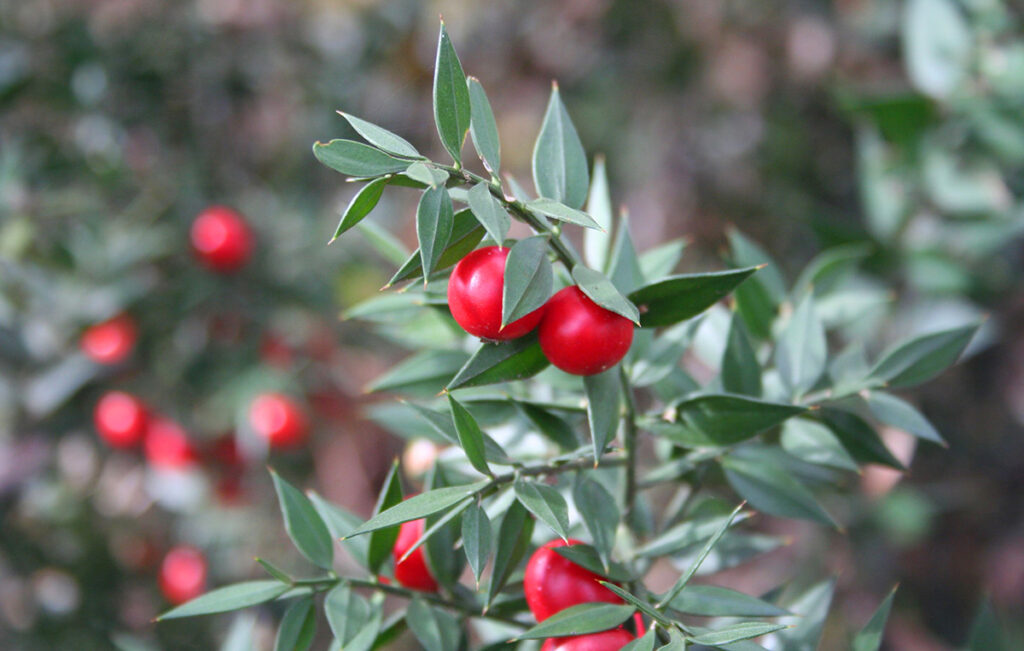
THE PROBLEM
Ruscus, a broadleaf scrub commonly known as butcher’s broom, is a genus of six species of flowering plants native to Western and Southern Europe, Macaronesia, Northwestern Africa, and Southwestern Asia east to the Caucasus. Free/spiral nematode (Rotylenchus buxophilus) infects the root of the plant causing atrophy. More specifically, during feeding, the nematodes injure the plant roots, enabling various decay fungi to penetrate, sometimes resulting in total atrophy of the system; to the point where the plant can be easily uprooted, which is a clear sign of the presence of nematodes in the plot. Thus, nematodes create stunted, non-vigorous plants with reduced root system, which become more prone to damage by adverse weather conditions and to attacks by microorganisms2.
1 • Agrekal Industries, Habonim, Israel. https://www.agrekal.co.il/en
2 • http://nemaplex.ucdavis.edu/Taxadata/G117s1.aspx
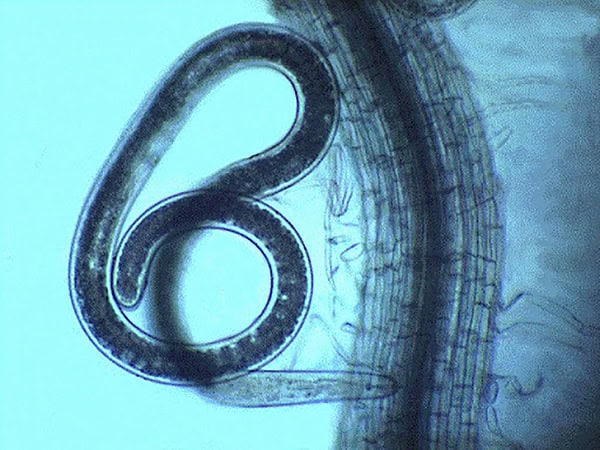
BACKGROUND INFORMATION AND MOTIVATION
An observation conducted in Israel 20 years ago by Doron Haviv Company of Kfar Vitkin, found that it is possible to optimally grow ruscus in a perlite box, packaged in geotextile fabric cushions. The observation also found that, even though the geotextile fabric is not completely impervious, nematodes from the highly infested soil did not penetrate the perlite substrate, where most of the roots were concentrated.
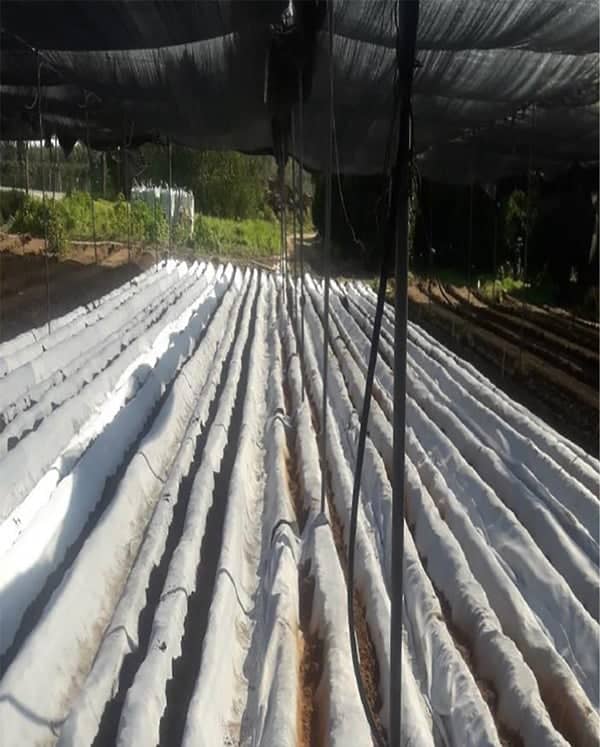
The Study
In the first stage, 30-cm wide and 25-cm deep channels were excavated, over which geotextile fabric was placed on top of which the different substrates were poured. The substrates were irrigated by one drip-irrigation line, with the drips placed at 20-cm intervals, with a flow of 1.6 liter/hour.
In the next stage, in March 2019, seedlings taken from the nematode-free plot (from Kfar Haroeh) were planted in the plots. The plots were irrigated and fertilized under the close supervision of the agronomist. The plants were irrigated every day or two during the spring and summer, and every two or three days in the winter.
“Mor” fertilizer, which includes all the basic nutrients, was given in the first two years, after which “Sarit” fertilizer (which does not contain calcium and magnesium, because of the improved water quality) was used. Irrigation and fertilizer control was carried out by collecting and analyzing drip water. The conductivity and nitrates in the drip water were compared with those in the substrate water pumped out from the root system, with the objective of reaching 300-500 ppm nitrates in the resources. The levels were much lower in the first two years.
The farm control group was tested every three days in spring, every three weeks in summer, and the technical irrigation was given once a week with a fairly large quantity of fertilizer in winter. Urea, as a fertilizer, was given at the start of the season, followed by potassium nitrate with ammonium sulphate until the sprouting, and then transitioning to 20:2:30 composition fertilizer.

Results
Over the years, three tests were performed to check for the presence of nematodes in the test plot, and results are summarized in Figure 4. In the two control groups, both the one that received the same fertilizer and irrigation as in the study, and the one that received irrigation and fertilizer in the farm, moderate to high nematode infestations were found in all the replications. A few nematodes were found in the plots where the ruscus was grown in an isolated tuff substrate and in perlite sleeves. The quantity was quite low in the plot in which ruscus was grown in deep soil (as reflected by the appearance of the plants in the plot, which was excellent at the outset), but, in 2023, the plot began to show signs of atrophy, and, at the same time, a test performed in May 2023 found a quite high quantity of nematodes (80 individuals). The plot in which no nematodes were found at all throughout the study was the one in which the ruscus was grown in poured perlite.
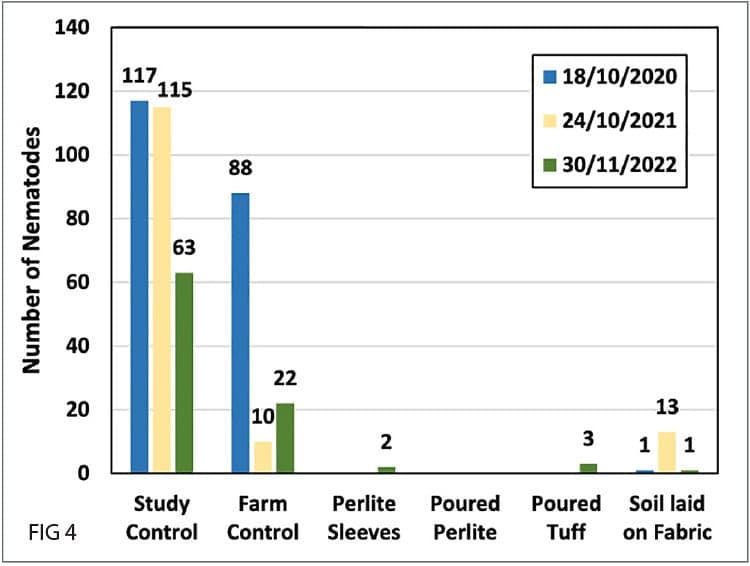
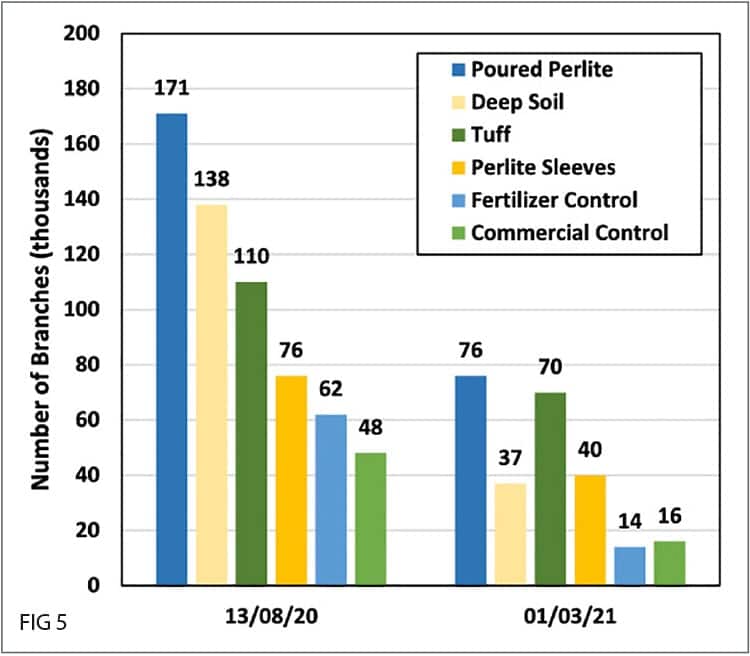
Summary of the Yields from the Different Treatments
The first ruscus branches were harvested on August 13, 2020, a year and five months after planting. The second harvest began seven months later, on March 1, 2021 (the autumn harvest wave). In each treatment, four replications of 1.5 meters per replication were harvested and the average number per treatment was converted into a calculation per dunam (1/4 acre or 1/10 hectare).
Figure 5 shows the total of branches harvested. In both harvests, the yield in the two control treatments was significantly lower than in the substrate treatments (except for the first harvest yield with perlite 203 sleeves, which was also low). Furthermore, the perlite treatment was significantly higher in both harvests compared with all the other treatments (except for the second harvest of the ruscus grown in tuff, which was also high).
In the first harvest, a clear difference was seen between the different substrates. As mentioned, the poured perlite was the best one, followed by deep earth with compost, and finally the tuff substrate treatment. The ruscus grown in the perlite sleeves was not significantly different from the control groups, and the yields in all three groups were very low (half and even a third of the yield obtained by the poured perlite treatment).
The best results in the second harvest were obtained by the crops grown in the poured perlite and the tuff. The significantly lowest quantity was obtained by the crops grown in the deep earth and perlite sleeves treatments. The yield in the two control groups was significantly lower than in the other treatments. The stems’ quality was determined according to their lengths. The branches were classified and counted by 40, 45, 50, 55, and 60 cm and longer.
The most fruitful treatment in the first harvest, poured perlite is also the best one in terms of quality and quantity, with the highest number of long branches—60 cm up—twice than each of the other lengths. Another excellent treatment (albeit less than the poured perlite treatment) is the deep earth enriched with compost. The quantity of long branches in this treatment was also higher than the other lengths. In the three treatments—crops in tuff, perlite sleeves 203, and the control group, which is the fertigation in the study—the length distribution was the same. The quantity of the short branches—40 and 45 cm in the farm fertigation control group (fertigation = fertilization and irrigation) was high compared with the other lengths. The quality greatly improved in the second harvest, and the quantity of long branches—60 cm and longer—was the highest, sometime more than twice the other lengths. The control treatments were atypical: the quantity of long branches in the study fertigation control group was still higher than the others, but at a smaller proportion; and the quantity of short branches in the farm fertigation study was the greatest.
Figure 6, which shows data from the harvest in April 2023, indicates that the poured perlite treatment clearly leads the other treatments. Assuming that the branches that will be harvested in another harvest in the autumn of 2023 will be more than 50% higher than harvested in the spring, the yield in this treatment will total around 200,000 branches per dunam (800,000 branches per acre). According to this calculation, the yield in the tuff treatment may reach about 180,000 branches per dunam (720,000 branches per acre), and the yield in the perlite sleeves will reach about 150,000 branches per dunam (600,000 branches per acre). The average yield per dunam in this farm is about 150,000 branches. Similar to the results obtained in the previous harvests, we can see also here that the length distribution in the top three treatments is excellent and that more than 50% of the branches have the maximum length, 70-80 cm.
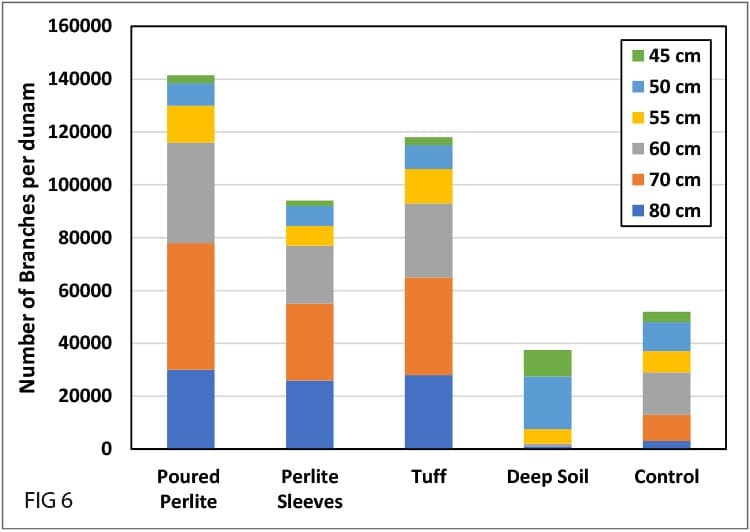
Conclusions
At the end of four and a half years from the start of the study, a number of important points can be summarized and indicated, as follows:
- All the tests performed in most plots in which ruscus was grown on geotextile fabric and artificial substrates -tuff and perlite- barely found any nematodes. This finding initially led us to think that the cause was the physical barrier; i.e. the spiral nematodes (Rotylenchus and Hemicycliophora), which are both much longer and thicker than the gall-producing nematodes (which a different study we jointly conducted several years ago with Dr. Sigal Baron and a team from the Volcani Institute found that it easily penetrates the geotextile fabric), simply struggle to pass from the soil to the substrate and to the roots laid on the fabric. Following the increase in the quantity of nematodes (and the damage) in the deep soil treatment on geotextile fabric and assuming that the deep soil was completely free of nematodes at the beginning of the study, it is believed that the explanation for the non-presence of nematodes in both the perlite and tuff substrates is the substrate itself; i.e. the conditions created there are for some reason not conducive to nematode development.
- The perlite and tuff substrates achieved higher yield compared with the study control group, and also compared with the best plots grown in the local soil; i.e. beyond the contribution achieved from the absence of nematodes in the roots, a significantly increased harvest was also obtained as a result of the improved system in which the roots develop, which happens to be related to the improved availability of water and nutrients and possibly also oxygen.
- The ruscus yield in the poured perlite on geotextile fabric substrate was outstanding in the present study, because no nematodes were found in all the three tests, and the yields were the highest, which totaled more than 200,000 branches per dunam (800,000 branches per acre), compared with the estimated national average of 100,000 branches. This figure enables us to say that, despite the additional investment needed to set up such a dunam (about NIS 40,000, according to the calculation above—NIS 160,000 per acre), this impressive addition in both branch quantity and quality enables a return on investment in a very short time of about two years.
- An important fact to state is that, for many years, the Israeli ruscus crop has mainly been concentrated in the Sharon. As is known, most of the plots are very old, and their vitality and profitability has been declining for years (in many cases due to spiral nematode infestations). Therefore, and because there is very little alternative land, “replanting” is almost the only option available to a grower who wants to continue growing ruscus. Although it is also possible to grow ruscus on a soil-less substrate (in boxes, it is believed to be better to do so in insulated substrates is better than in soil-less substrate (less irrigation and nutrients, less impact on design, less drainage, etc.). In this study it was shown that it is better to grow ruscus in perlite on geotextile fabric than in the soil.
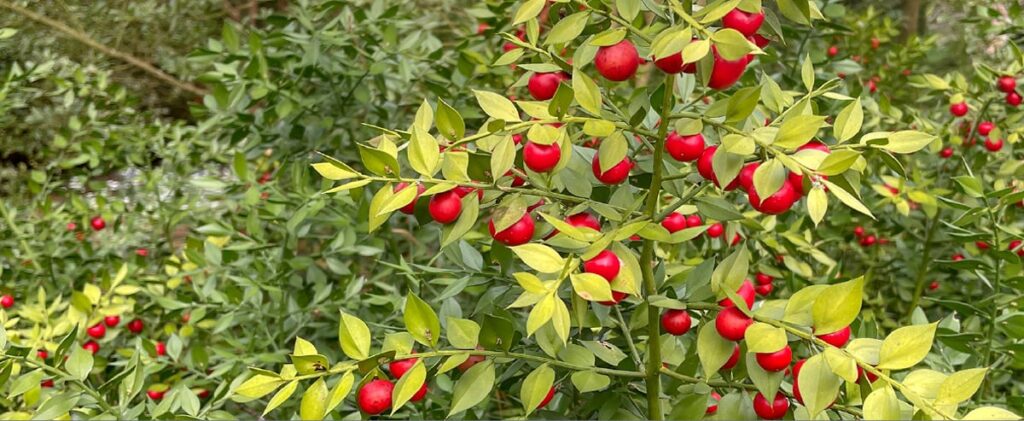
To download a .pdf of the Controlling Ruscus Atrophy With Perlite brochure, click here.
If you have technical questions on this topic, please email the technical contacts listed on our contact page.
Copyright © 2024 Perlite Institute All Rights Reserved
